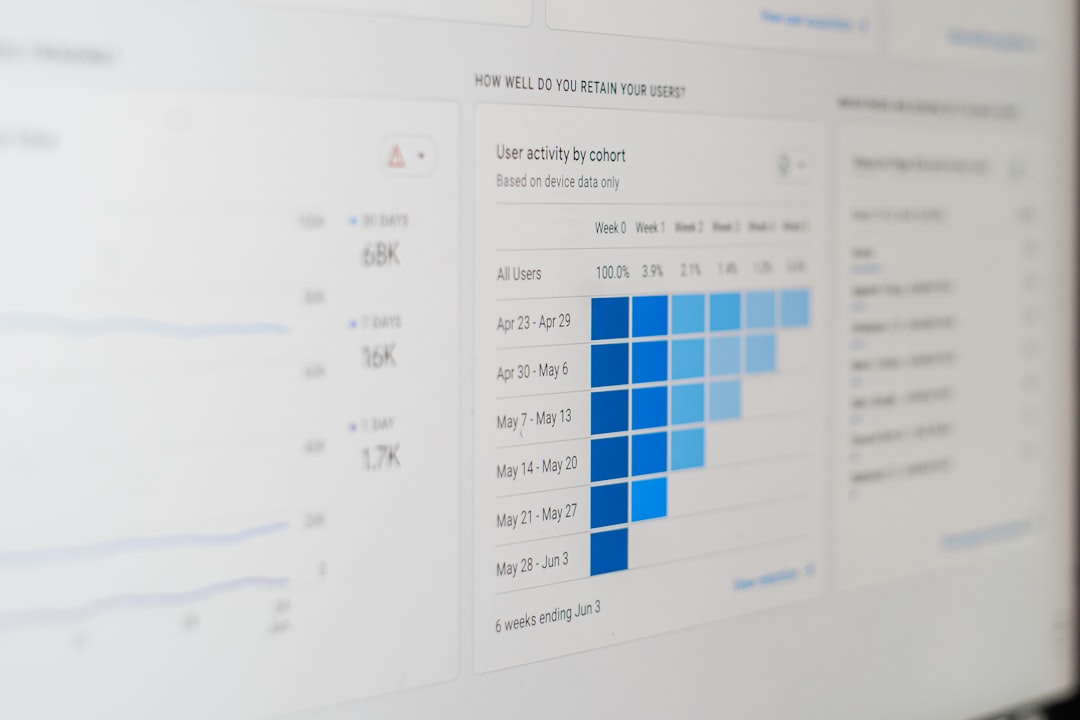How do ecommerce tools help in analyzing customer behavior?
In the fast-evolving landscape of online retail, understanding customer behavior is crucial for business success. With the explosion of digital data, eCommerce tools have become indispensable in analyzing customer patterns, preferences, and purchasing habits. These tools provide valuable insights that enable businesses to fine-tune their strategies and engage their audiences more effectively.
Modern eCommerce platforms are equipped with advanced analytics capabilities that track and examine virtually every aspect of the consumer journey. From the moment a visitor lands on a website to the final checkout process, every action is an opportunity for analysis. This depth of insight is transforming how companies make decisions and design customer experiences.
The Role of eCommerce Tools in Understanding Customer Behavior
By leveraging intelligent eCommerce tools, businesses can gather vital behavioral data that sheds light on:
- How customers navigate a website or mobile app
- Which products are viewed, clicked, or added to a shopping cart
- Cart abandonment rates and underlying causes
- Repeat purchase frequency and customer loyalty trends
These metrics help businesses identify strengths and weaknesses in their customer journey. For example, if data reveals that many users drop off during the checkout process, it could indicate a problem with the user interface, unexpected costs, or mistrust in the payment system.
Types of eCommerce Tools Used for Behavioral Analysis
Several categories of tools are used by eCommerce businesses to analyze customer behavior, each offering a unique set of capabilities:
- Web Analytics Platforms: Tools such as Google Analytics and Adobe Analytics offer comprehensive tracking of website activity. They collect data on bounce rates, user sessions, geographic locations, and more.
- Customer Relationship Management (CRM) Systems: CRMs like Salesforce or HubSpot track customer interactions across various channels, allowing for personalized communication based on individual behavior.
- Heatmap and Session Recording Tools: Platforms like Hotjar and Crazy Egg visually map where users click and scroll, providing real-time insights into how customers engage with a webpage.
- Product Recommendation Engines: These AI-driven tools analyze customer purchase history and browsing behavior to suggest products that match user preferences.

Benefits of Analyzing Customer Behavior with eCommerce Tools
The insights derived from behavioral data are not merely academic—they lead to actionable improvements that can significantly enhance a brand’s performance and customer satisfaction. Some key benefits include:
- Personalized User Experience: Customers are more likely to engage with a site that adapts to their interests. With insightful behavior analysis, companies can tailor homepages, search results, and marketing messages.
- Optimized Marketing Campaigns: By identifying which campaigns convert best and which user segments respond the most, marketers can allocate budget more efficiently and achieve higher ROI.
- Reduced Cart Abandonment: Pinpointing at what stage customers abandon their carts and why enables the business to fix these issues and recover potential sales.
- Improved Product Offering: Understanding which products are popular vs. which are ignored can influence inventory decisions and promotional strategies.

Challenges and Considerations
While eCommerce tools offer extensive analytical power, businesses must approach their implementation thoughtfully. Some of the challenges include:
- Privacy Concerns: Collecting user data must comply with regulations like GDPR and CCPA. Transparent data policies and user consent mechanisms are essential.
- Data Overload: More data isn’t always better. Businesses need to focus on meaningful metrics and avoid being overwhelmed by irrelevant information.
- Integration Complexity: Seamlessly integrating multiple tools to provide cohesive insights can be technically challenging and may require advanced support.
The Future of eCommerce Behavior Analysis
As AI and machine learning technologies continue to evolve, the precision of customer behavior analysis will only improve. Predictive analytics can now forecast future buying behavior, allowing companies to proactively shape customer experiences before potential problems arise.
Moreover, real-time personalization—once considered a lofty goal—is now a viable capability with modern eCommerce toolkits. Businesses can respond to user behaviors almost instantaneously, creating a dynamic and intuitive shopping experience that builds lasting loyalty.
In summary, leveraging eCommerce tools to analyze customer behavior is not just a competitive advantage—it is rapidly becoming a fundamental requirement for online retail success. Understanding customers through data paves the way for smarter strategies, deeper relationships, and consistent business growth.



